The Impossible Voyage
8 /10 1 Votes
Duration Language Silent | 7.8/10 IMDb Director Georges Melies Country France | |||||||||||||||||||||||||||||||||
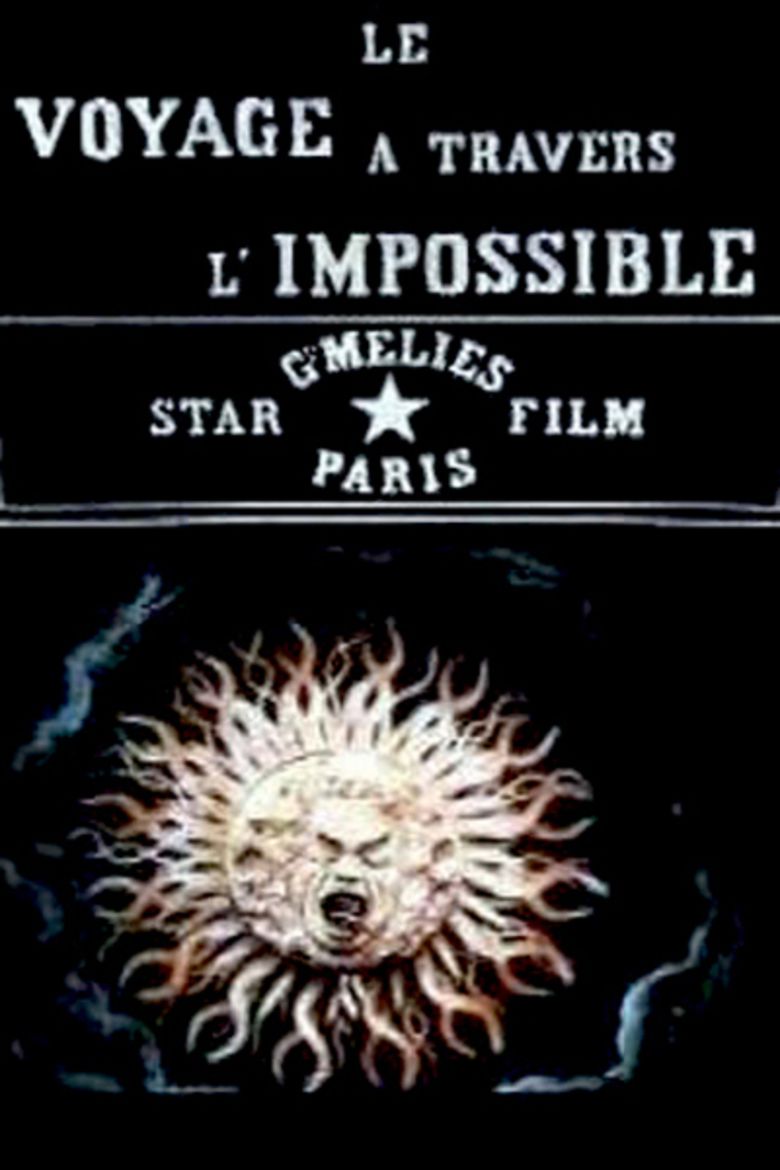 | ||||||||||||||||||||||||||||||||||
Release date 29 October 1904 (1904-10-29) | ||||||||||||||||||||||||||||||||||
The Impossible Voyage (French: Voyage à travers l'impossible), originally released in the US as An Impossible Voyage and in the UK as Whirling the Worlds, is a 1904 French silent film directed by Georges Méliès. Based in part on Jules Verne's play Journey Through the Impossible and modeled in style and format on Méliès's earlier, highly successful A Trip to the Moon, the film is a satire of scientific exploration in which a group of geographers attempt a journey into the interior of the sun.
Contents
- Plot
- Supplementary section
- Cast
- Production
- Reception
- Popular culture
- 1904 the impossible voyage georges m li s
- References

Plot
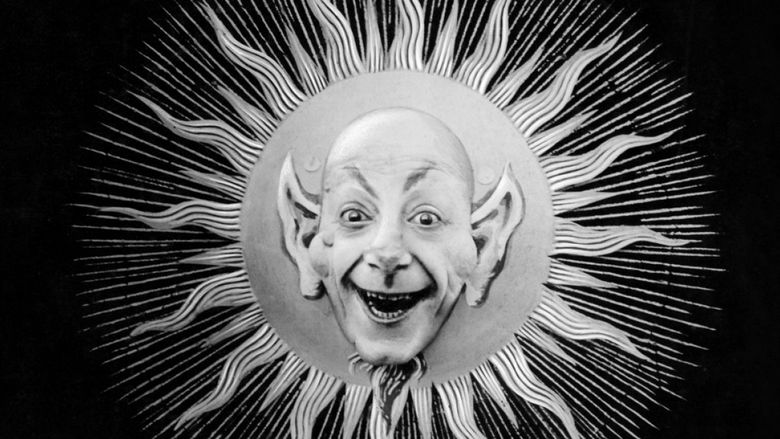
Since the film is silent and has no intertitles, the proper names and quotations below are taken from the English-language description of the film published by Méliès in the catalog of the Star Film Company's New York Branch.
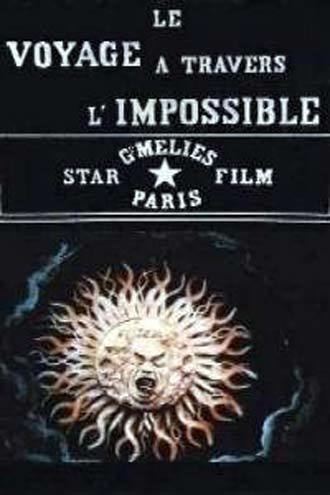
A geographic society called the Institute of Incoherent Geography, plans to make a world tour in such a way as to "surpass in conception and invention all previous expeditions undertaken by the learned world." At a meeting headed by President Polehunter, "assisted by Secretary Rattlebrain, by the Archivist Mole, by the Vice-president Humbug, the members of the office, Easily-fooled, Daredevil, Schemer, etc., etc.," the members listen to Professor Daredevil's plan for the world tour, but reject it for being out-of-date. The president then welcomes the eccentric engineer Crazyloff (in French, Mabouloff; "maboul" is French for "crazy" or "crackpot"), who explains his project for a new "impossible" voyage, using "all the known means locomotion—railroads, automobiles, dirigible balloons, submarine boats…" The unusual plan is accepted enthusiastically, and preparations begin.
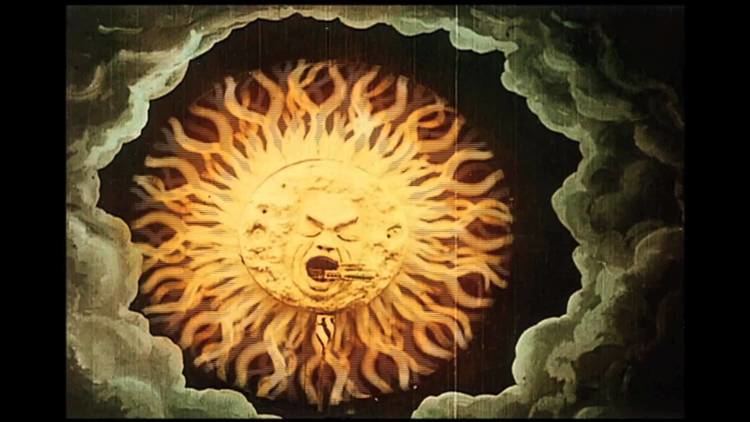
When work is complete, the machines and travelers are loaded onto a train, and are sent to the Swiss Alps, where the travelers will begin their journey. They first board an automobile, the Auto-Crazyloff, and journey through the mountains. In an attempt to run over the summit of the Rigi, the travelers crash at the bottom of a precipice. They are saved by mountaineers and rushed to a Swiss hospital.

After they have recovered, they board a train with their vehicles, and make a second attempt at running over a summit: this time, the Jungfrau. Getting higher and higher every minute, with dirigible balloons attached to the train, they rise into space and are swallowed by the sun. The travelers land with a crash. They are happy to be alive, but the heat is too much. All but one of the travelers are loaded into an ice box, but are suddenly frozen. The remaining traveler, Crazyloff himself, finds a bundle of straw among the debris and starts a fire to melt the ice. The travelers thaw and are happily moved over to the expedition's submarine, which is launched off a cliff on the sun, plummets through space, and falls into an ocean on Earth.
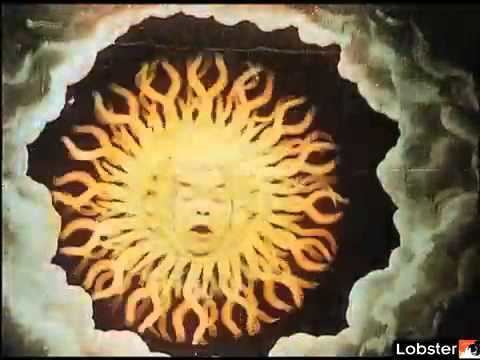
After a few minutes of underwater travel, a boiler problem causes the submarine to explode. The travelers are thrown up into the air, landing safely at a seaport amid the wreckage of the submarine. They return in triumph to the Institute of Incoherent Geography, where a grand rejoicing is held for them.
Supplementary section
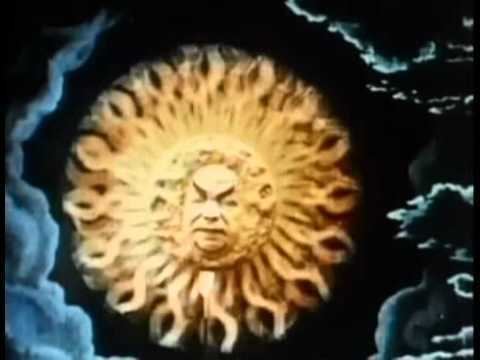
An optional 50-meter-long epilogue, "Supplément Voyage à travers l'impossible" (advertised in the US as Supplementary Section of the "Impossible Voyage"), was sold separately. The epilogue begins in Crazyloff's study, where he is criticized by the Institute of Incoherent Geography for losing so much transportation equipment during the voyage. At the top of the Institute's tower, he presents his plan for recovering the equipment: a powerful magnet able to attract the automobile lost in Switzerland, the train eaten by the sun, and the submarine destroyed at sea. The plan is a success and is celebrated at a banquet where Crazyloff is applauded by his scientific colleagues.
The supplementary section was believed lost until the 1970s, when the Méliès scholar John Frazer discovered and examined it in the archives of the Academy of Motion Picture Arts and Sciences among surviving negatives from Star Film's New York offices. However, a 2008 Méliès filmography by Jacques Malthête lists the supplement as lost.
Cast
Production
The Impossible Voyage was made during the summer of 1904. The film, running to 374 meters, was Méliès's longest film to date, and cost about ₣37,500 (US$7,500) to make. In its staging and design, the film is symmetrical with Méliès's A Trip to the Moon: while the astronomers' progress toward the moon in that film is consistently depicted as left-to-right motion, the Institute of Incoherent Geography's progress toward the sun in The Impossible Voyage is consistently right-to-left. While most of the film was shot inside Méliès's glass studio, the scene at the foot of the Jungfrau was filmed outdoors, in the garden of Méliès's property in Montreuil, Seine-Saint-Denis.
A print of the film (though not the supplemental epilogue) was deposited for American copyright at the Library of Congress on October 12, 1904, and the film was sold in French, American, and British catalogs by the Star Film Company. As with at least 4% of Méliès's entire output (including such films as A Trip to the Moon, The Rajah's Dream, The Kingdom of the Fairies, and The Barber of Seville), some prints were individually hand-colored and sold at a higher price.
Reception
The film was released by Méliès's Star Film Company and numbered 641–659 in its catalogues, where it was advertised as an Invraisemblable équipée d'un groupe de savants de la Société de Géographie incohérente; pièce fantastique nouvelle en 40 tableaux. (The optional supplementary section was sold separately and numbered 660–661.)
The Impossible Voyage was one of the most popular films of the first few years of the twentieth century, rivaled only by similar Méliès films such as The Kingdom of the Fairies and the massively successful A Trip to the Moon.
The film critic Lewis Jacobs said of the film:
This film expressed all of Méliès's talents. In it his feeling for caricature, painting, theatrical invention, and camera science became triumphant. The complexity of his tricks, his resourcefulness with mechanical contrivances, the imaginativeness of the settings and the sumptuous tableaux made the film a masterpiece for its day.
Popular culture
1904 the impossible voyage georges m li s
References
The Impossible Voyage WikipediaThe Impossible Voyage IMDb The Impossible Voyage themoviedb.org
